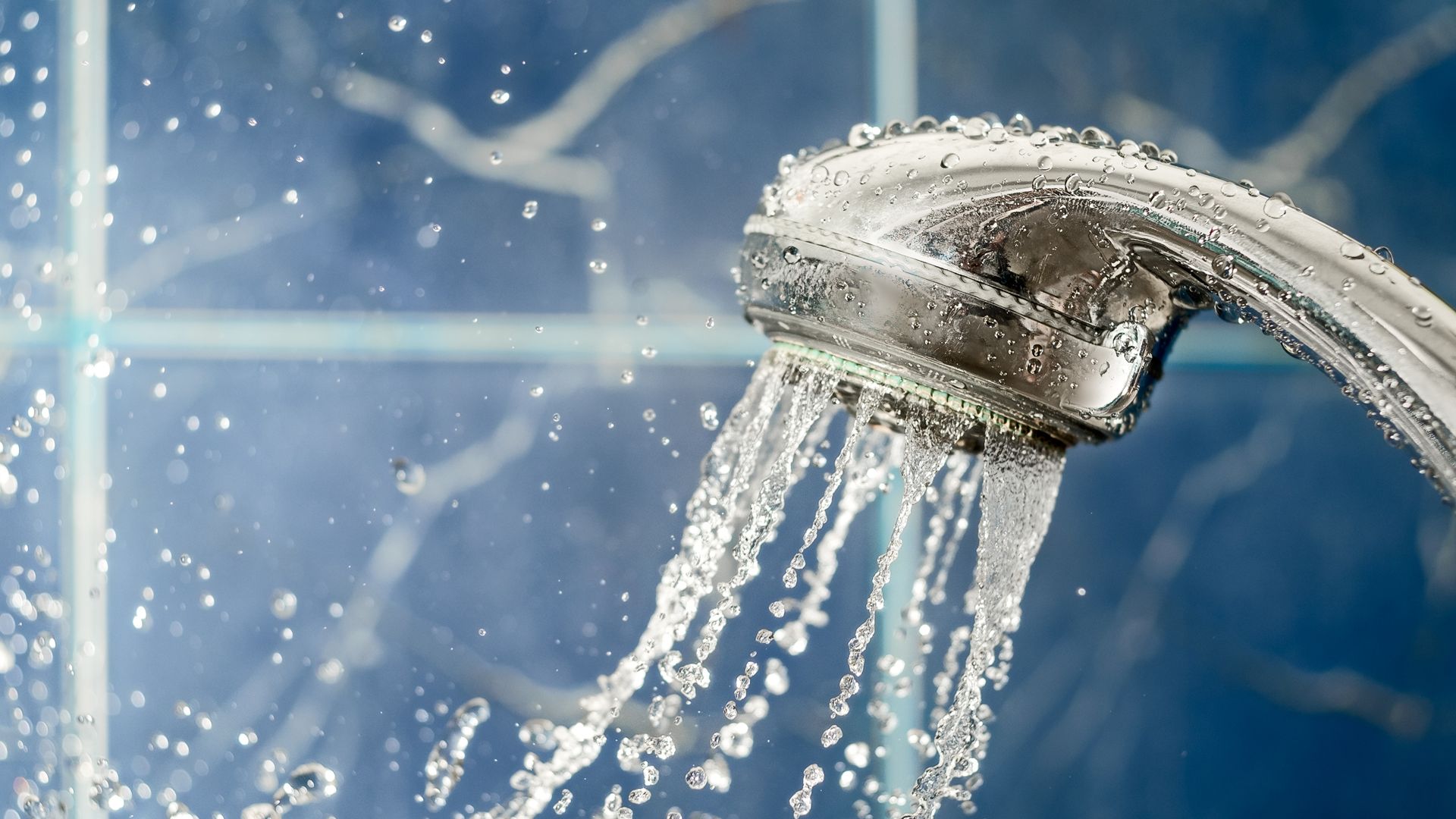Americans spend around $13 billion a year on bottled water and that industry is growing by some 6% a year, according to the International Bottled Water Association. Sometimes I find myself puzzled by the popularity of bottled water.
Until the 1970s almost all drinking water in our country came out of faucets or public fountains. When Perrier introduced its supposedly ultra-pure bottled water in the mid-1970s, it was marketed for snob appeal. Most people laughed at spending money for something they could easily get for free. Yet as time passed more and more people began to appreciate the advantages of bottled water for portability and quality assurance. When you’re on the go you can’t always trust that you’ll find a nearby drinking fountain or that its water will be very palatable.
Like most of you, I find myself buying bottled water from time to time for those very reasons. I also understand why people might stock up on bottled water if they live in areas with poor water quality, or if the local water supply gets disrupted or contaminated. Yet recently I read a few things about bottled water that made me think its popularity is more about clever marketing than satisfying thirsty people.
A book by scientist and author Peter Gleick, Bottled and Sold: The Story Behind Our Obsession with Bottled Water, reveals that 45% of bottled water brands are sourced from municipal water supplies. In other words, a lot of bottled water comes from the same tap water that flows from the faucets of people who live in cities with state-of-art water filtration systems. Also, despite some claims of ultra-pure “clear mountain stream” water, all of the agua you find in bottles has to undergo some form of treatment. Much of the time that treatment is no better than can be obtained by simple household filters.
So you can save a lot of money by buying a few bottles of water and keep refilling them. Even better, use metal containers, some of which are insulated and can keep water cold for as long as a day. This would also help the environment by eliminating a lot of discarded plastic bottles.
If you live in an area with inferior water quality, you can bring it up to bottled water caliber by having one of our technicians come to your home and fit it with a reverse osmosis water filtration system that removes harmful chemicals, contaminants and additives from your home’s drinking water. If you add up all the $2-$3 bottles of water you buy, you may find a short payback period for the installation.
I have nothing against bottled water. But I hate to see people wasting money on something they can make themselves with little effort.

